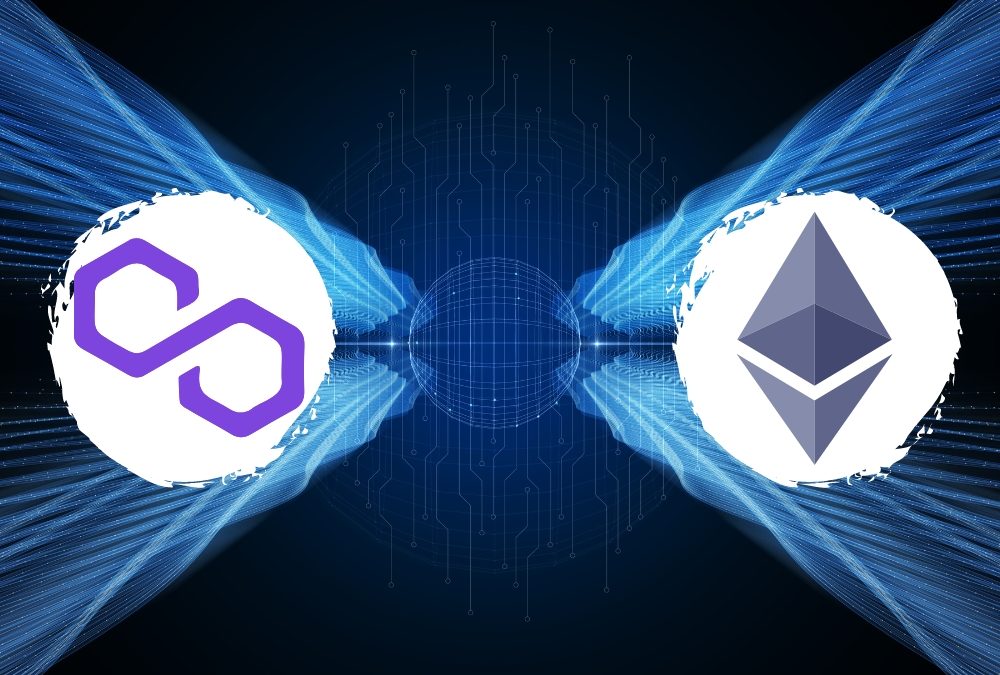The world of blockchain and cryptocurrencies has evolved significantly since the inception of Bitcoin. Ethereum, in particular, brought forth a new era of possibilities with its smart contract capabilities. However, as the popularity of Ethereum grew, so did its scalability issues. This is where solutions like Polygon come into play, offering innovative ways to address these challenges. One of the key components of Polygon’s ecosystem is its bridging technology, which aims to connect various blockchains and enhance interoperability. In this blog post, we’ll delve into the concept of Polygon bridging and its significance in the blockchain landscape.
Understanding Polygon and Its Ecosystem
Before we delve into Polygon bridging, let’s have a brief overview of Polygon itself. Formerly known as Matic Network, Polygon is a layer 2 scaling solution for Ethereum. It aims to provide a framework for creating multiple sidechains that are interoperable with Ethereum. Polygon’s architecture is designed to enhance transaction throughput and reduce fees, making decentralized applications (dApps) more accessible and efficient.
The Need for Bridging
While Ethereum remains a powerhouse in the blockchain world, its scalability limitations have become evident as network congestion leads to high gas fees and slower transaction confirmations. This is where Polygon’s bridging technology comes into play. Bridging is the process of establishing a connection between different blockchains, allowing assets and data to flow seamlessly between them.
How Polygon Bridging Works
Polygon’s bridging technology is built to connect the Ethereum mainnet with its various sidechains, expanding the possibilities of the ecosystem. The bridging process involves the creation of bridge contracts that lock up certain assets on the Ethereum mainnet while minting corresponding assets on the Polygon sidechain (or vice versa). This ensures that assets can move between the two chains in a secure and verifiable manner.
Benefits of Polygon Bridging
Scalability: By connecting multiple sidechains with the Ethereum mainnet, Polygon effectively multiplies the capacity for transactions and computations, alleviating congestion and reducing the load on the mainnet.
Cost Efficiency: With Polygon’s bridging technology, users can enjoy faster and cheaper transactions compared to using the Ethereum mainnet directly. This opens the door for more cost-effective dApp interactions.
Interoperability: Bridging enables seamless asset transfer and data sharing across different blockchains, fostering a more interconnected blockchain ecosystem.
DApp Development: Developers can create and deploy dApps on Polygon’s sidechains, taking advantage of the improved scalability without compromising on the security and decentralization provided by Ethereum.
Real-World Use Cases
Polygon’s bridging technology has found practical application in various sectors:
DeFi (Decentralized Finance): Users can move assets between Ethereum and Polygon’s sidechains to interact with DeFi protocols, benefitting from faster transactions and reduced fees.
Gaming: Bridging enables in-game asset interoperability, allowing players to transfer virtual items and currencies seamlessly across different games and platforms.
NFTs (Non-Fungible Tokens): NFT projects can leverage Polygon’s bridging to create a more efficient marketplace for buying, selling, and trading digital collectibles. Transactions of NFTs over multiple networks not only make the NFT more valuable but also easy to transact.
Conclusion : Polygon Bridging
Polygon’s bridging technology is a pivotal step towards addressing Ethereum’s scalability challenges. By enabling efficient asset and data transfers between Ethereum and its sidechains, Polygon enhances the overall blockchain ecosystem’s interoperability and usability. As the cryptocurrency landscape continues to evolve, innovations like Polygon’s bridging technology pave the way for a more connected and accessible decentralized future.

